Here’s A Close Of Pic Of My Handwriting For The Anon !! it Keeps Changing Ugh Someone Help

here’s a close of pic of my handwriting for the anon !! it keeps changing ugh someone help
More Posts from Believetimshel and Others
reblog if ur a studyblr!!
need more studyspo on my dash now that school’s starting D:

17.2.16// Half term is going so quickly this week 😳
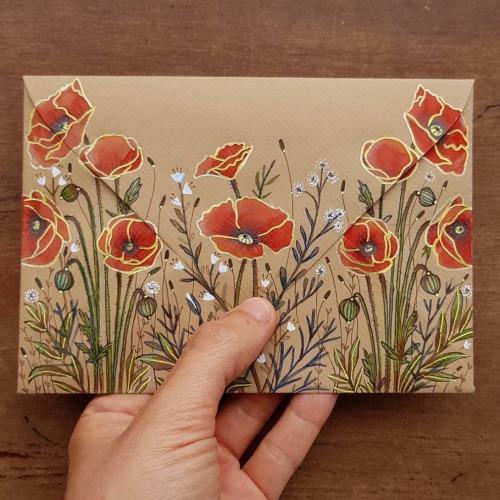



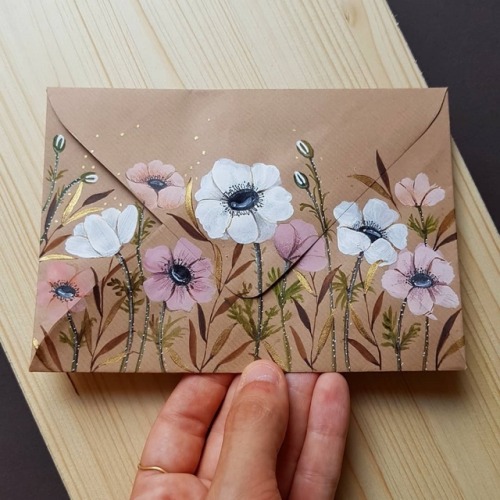

I always get asked about studyblr’s who study different subjects, so I’m going to be making a list/page on my blog dedicated to studyblrs categorised into different subjects so it’s easier for you guys to find people who study similar subjects!
Reblog and Tag your Subject
Tag Your Level of Study - High School, Undergrad etc.
You can tag multiple subjects for multiple categories
Follow my blog! (You don’t have to but it would be nice)
Message me if you have any questions or concerns!

Apples - the peel of the apples includes a powerful antioxidant called quercetin that enhances memory function
Avocados - promotes brain health and contributes to healthy blood flow
Berries - such as blueberries, cherries and even grapes have a direct effects on brain function. It contains antioxidants that improve blood flow to the brain and enhance neural activity
Broccoli - great source of vitamin K - enhance cognitive function and improve brainpower
Dark chocolate - has a powerful antioxidant which includes several natural stimulants that enhance focus and concentration
Extra Virgin Olive Oil - has a powerful antioxidants known as polyphenols that improve learning and memory
Eggs - more specifically the yolks, leading source of choline which is a precursor for acetylcholine - neurotransmitter involved in helping you remember things
Fish - have Omega-3 fatty acids that are essential to proper neural function. According American Journal of Clinical Nutrition - reduce risk of dementia as you get older
Nuts - rich source of vitamin E
Onions - ability to improve important brain function like memory and focus
Oatmeal - reduce risk for heart disease and promotes good flow to the organ system which includes the brain
Rosemary - contains carnosic acid that helps protect the brain from neurodegeneration; protects the brain against chemical free radicals
Salmon - omega-3 fatty acids to help keep your brain running smoothy and improve memory
Tomatoes - contains lycopene that could help protect against the kind of free radical damage to cells which occurs in the development of dementia
Turmeric - helps boost antioxidant levels and keep your immune system healthy; improves brain’s oxygen intake, keeping you alert and able to process information
Yerba Mate - can enhance short term brain power
![20th April 2016 : [60/100 Days Of Productivity]](https://64.media.tumblr.com/783a30f6c1a3a292e8fb791c227df73b/tumblr_o5xv0fbh4k1unbaeeo1_500.jpg)
20th april 2016 : [60/100 days of productivity]
taken from my ig: @study.relief // it was such a sunny day today!! and i got back two IB Biology HL tests and i did adequately however i’m still quite far from my target so i’m back to work! #doin’itfortheHL666 +black pen / blue pen / paper /binder / textbook ✨✨
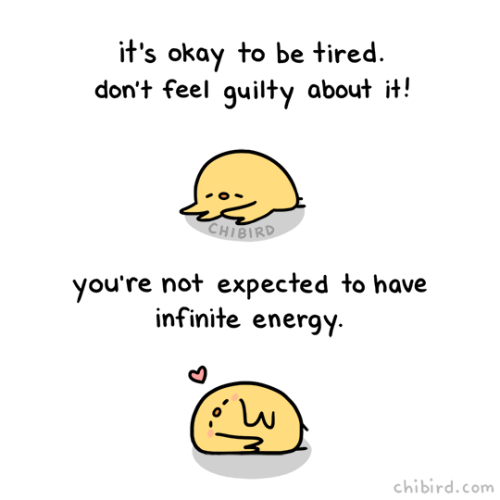
I have such productivity guilt that sometimes I feel bad for being tired?? Which is kind of ridiculous and totally unreasonable. ^^; So please don’t be like me and let yourself be tired! Our bodies and minds are only capable of so much!
Webtoon | Instagram | Patreon

12/6 || 11:06a
Finishing up the week here…thought I’d post a photo of this week’s spread! 😸

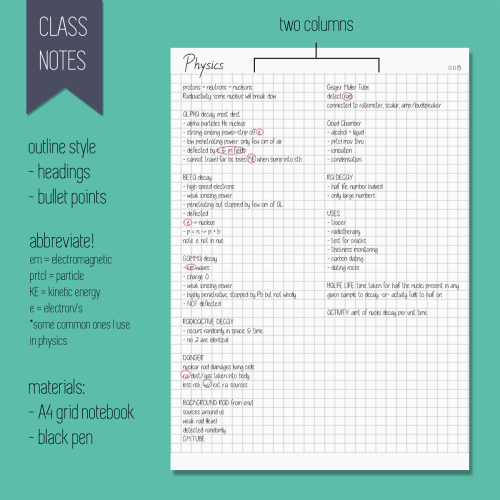
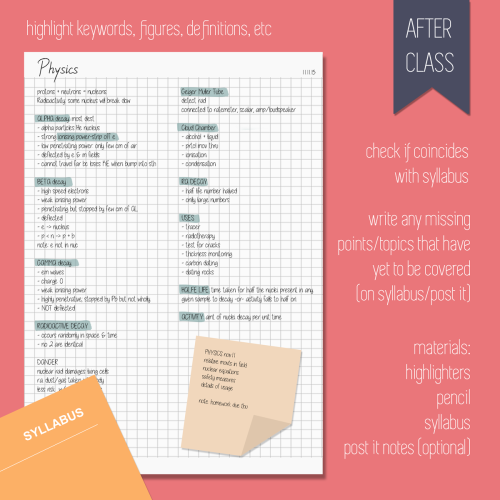
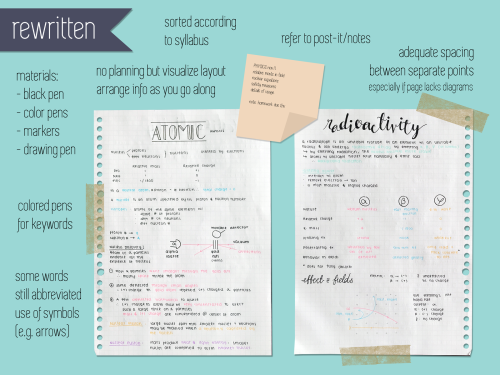
Note-Taking
Hey guys! So I’ve been receiving questions regarding my note-taking style and strategy for quite some time now but I believe I have never answered them in detail. The good news is, I finally decided to make a post about this (plus, I had fun making the graphics :D). Note that I am a visual learner, so my note-taking methods may not be effective for some of you, but I hope you can all learn something.
Class Notes
I only use one notebook for all my class notes, an A4 grid notebook whose pages I divide into two columns.
I use the outline method for in-class notes, which means I write information chronologically, in the order that they are taught. Some teachers do not have properly structured presentations/lessons (good thing my physics teacher does) so when in need, I use arrows to connect related information.
Abbreviations to me are one of the most important things to master when taking notes. I personally make them up as I go along. Some examples of abbreviations I use are:
w/c - which
w/ - with
cpd - compound
envt - environment
digenz - digestive enzyme
It might be confusing, but to me, knowing the context and part of speech are enough for all abbreviations to be comprehended.
Here’s an example: ‘Indonesia’s tsunami pre-warning system is made up of two types of components’ could become ‘Indo’s snmi pre-warn sys 2 type comp’.
After Class
The first thing I would do is highlight keywords and terminology (and sometimes formulas). For physics, since my teacher is relatively succinct, I don’t really highlight, but for humanities and biology, I look for words that would be expected by a mark scheme, words that are crucial to the understanding of each particular piece of information.
I would then check if the material taught coincides with the syllabus, and if not, note down any points that are missing or have yet to be taught. You could write these on a post it or on the syllabus itself, but I prefer to highlight the syllabus’ pdf file.
Rewritten Notes
My rewritten notes are arranged based on the order they appear in the syllabus unless there are pieces of information that are related to more than one topic.
I use a black pen for rewriting notes as well as colored pens to write keywords and terminology only. I know some people who write whole sentences in colored pens but to me that is ineffective; we all have our own learning styles. When making tables, I usually use different colors for different columns (see the table for different types of radiation above) which is most often the color I associate with each word. For example, water would be blue, ocean would be a darker shade, ice would be a lighter shade, and water vapor would be purple.
I still abbreviate words in my rewritten notes, but they’re not as condensed as the ones in my class notes. Another thing I find helpful is leaving a bit of space between separate points especially if the page doesn’t have a lot of diagrams. I can’t think linearly, so I can’t remember super lengthy bullet points.
I use mildliners and a drawing pen to make my diagrams (more of these in my biology notes) but I only start with pencil if it’s a complex diagram. I rarely highlight my rewritten notes, but even if I do, it’s usually only the headings and formulas.
I don’t have a rough draft for my notes, but I try to visualize the layout. I try to alternate between words and pictures/diagrams so that when I’m sitting for an exam, all I have to do is imagine that I’m looking at that page and I can remember where everything is.
Well, that’s all from me. I hope that this information could be of some use to every single one of you. Don’t hesitate to ask me questions if you’re confused about note-taking or any other problems you might have :)
-
 thewildernessflowercine reblogged this · 5 years ago
thewildernessflowercine reblogged this · 5 years ago -
 thewildernessflowercine liked this · 5 years ago
thewildernessflowercine liked this · 5 years ago -
 frdndlnz liked this · 5 years ago
frdndlnz liked this · 5 years ago -
 aestheticallypleasingpaper reblogged this · 6 years ago
aestheticallypleasingpaper reblogged this · 6 years ago -
 hellhate liked this · 6 years ago
hellhate liked this · 6 years ago -
 stegeosaurus reblogged this · 6 years ago
stegeosaurus reblogged this · 6 years ago -
 adelinestudiess liked this · 7 years ago
adelinestudiess liked this · 7 years ago -
 bibuckleykinard liked this · 7 years ago
bibuckleykinard liked this · 7 years ago -
 celestialkaleidoscope reblogged this · 7 years ago
celestialkaleidoscope reblogged this · 7 years ago -
 nightmaresofdaydreams-ndb liked this · 7 years ago
nightmaresofdaydreams-ndb liked this · 7 years ago -
 saamstaa liked this · 7 years ago
saamstaa liked this · 7 years ago -
 fmleighed liked this · 7 years ago
fmleighed liked this · 7 years ago -
 secret-student-claire-blog reblogged this · 7 years ago
secret-student-claire-blog reblogged this · 7 years ago -
 secret-student-claire-blog reblogged this · 7 years ago
secret-student-claire-blog reblogged this · 7 years ago -
 the-female-unicorn liked this · 7 years ago
the-female-unicorn liked this · 7 years ago -
 secret-student-claire-blog reblogged this · 7 years ago
secret-student-claire-blog reblogged this · 7 years ago -
 hella-smart-nerd reblogged this · 8 years ago
hella-smart-nerd reblogged this · 8 years ago -
 kenmastudies reblogged this · 8 years ago
kenmastudies reblogged this · 8 years ago -
 simosamo reblogged this · 8 years ago
simosamo reblogged this · 8 years ago -
 booksandbustelo reblogged this · 8 years ago
booksandbustelo reblogged this · 8 years ago -
 annielilac4 liked this · 8 years ago
annielilac4 liked this · 8 years ago -
 wickedstudying reblogged this · 8 years ago
wickedstudying reblogged this · 8 years ago -
 lovely-lemonz reblogged this · 8 years ago
lovely-lemonz reblogged this · 8 years ago -
 sanaastudies reblogged this · 8 years ago
sanaastudies reblogged this · 8 years ago -
 11-12-2016-blog liked this · 8 years ago
11-12-2016-blog liked this · 8 years ago -
 onlyjena liked this · 8 years ago
onlyjena liked this · 8 years ago -
 castlestudies reblogged this · 8 years ago
castlestudies reblogged this · 8 years ago -
 gh0ostie-blog liked this · 8 years ago
gh0ostie-blog liked this · 8 years ago -
 talkingcat-blog1 liked this · 8 years ago
talkingcat-blog1 liked this · 8 years ago -
 living-in-badlands reblogged this · 8 years ago
living-in-badlands reblogged this · 8 years ago -
 living-in-badlands liked this · 8 years ago
living-in-badlands liked this · 8 years ago -
 justkeepswimm-ing-blog liked this · 8 years ago
justkeepswimm-ing-blog liked this · 8 years ago -
 studysites liked this · 8 years ago
studysites liked this · 8 years ago -
 joycesoccer23 liked this · 8 years ago
joycesoccer23 liked this · 8 years ago -
 theblackusagi liked this · 8 years ago
theblackusagi liked this · 8 years ago -
 not-all-angels-have--wings liked this · 8 years ago
not-all-angels-have--wings liked this · 8 years ago -
 obsidianstudy reblogged this · 8 years ago
obsidianstudy reblogged this · 8 years ago -
 thankyoujen liked this · 8 years ago
thankyoujen liked this · 8 years ago

